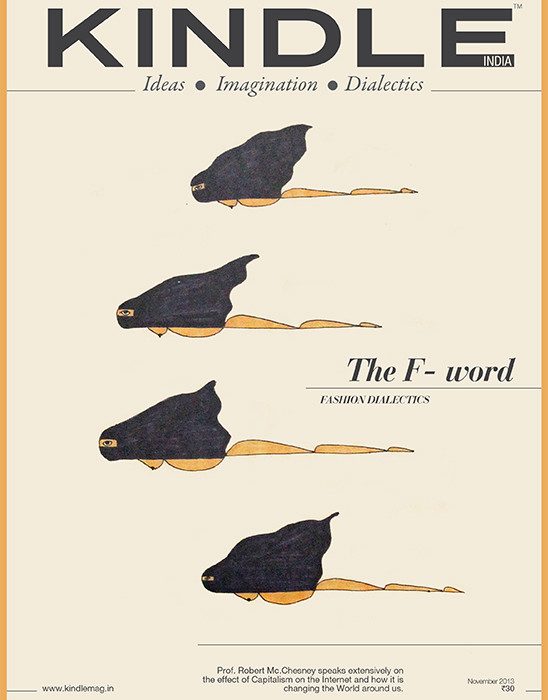(The writing on Belgian surrealist painter, Rene Magritte’s painting, ‘The Treachery of images’, which shows the picture of a pipe followed by this line)
“The famous pipe. How people reproached me for it! And yet, could you stuff my pipe? No, it’s just a representation, is it not? So if I had written on my picture “This is a pipe”, I’d have been lying!” – Rene Magritte
Very few landscapes on earth paint a picture of such tender innocence and freshness as Vietnam does… A heroic people un-deterred by mindless violence, fed by bloodied roots have blossomed into endless expanses of lovely green foliage…
Fragile looking women wearing conical straw hats stoop over rolling green paddy fields in the villages; and the streets in the cities are dotted with women going to work wearing helmets, riding their scooties, wearing the most functional clothes – a simple shirt and a pair of denims or cotton pants or loose jackets paired with loose trousers…Vietnam – throbbing with everyday human life, seems to hold within its folds the true essence of everyday, ordinary, beautiful humanity – a bottle of perfume fashioned of tender green bamboo stems smelling like all the secrets excavated from the depths of the earth…
No, this is not an issue on Vietnam.
This is an issue on the dialectics of fashion and appearances.
And these images and memories from a recent trip keep coming back to me as I try to pen down my thoughts on what constitutes the core of fashion philosophy – its ideology and politics. They give me a certain significant framework to analyse the true aspects of the aesthetics and moralities of appearances, as the Mekong flows into dialectical tributaries…
Often, when we observe something we try to see too much into it – try to collect too much empirical data, too many historical contexts, which sometimes prevents us from understanding or clearly grasping the ‘notional determination’, which forms its core.
Notionally, Vietnam is a society comparatively free of neurotic consumerism, thus simultaneously and relatively free from ‘neo-liberal’, ‘post modern’ expressions too. No need of ‘Aesthetic terrorists’ yet, ‘Masculine-feminine interplay’ yet… Also, no little girls wearing heels yet or super skinny women clutching over-sized handbags yet…Newly opened mega malls with international brands still remain largely empty …Vietnamese sculptures carry the peace of the ancient pagodas, limbs distorted by ‘Agent Orange’ only paint fruits and flowers and birds, and the patterns on textiles are like a rainbow of fluttering butterflies. I couldn’t detect a hint of violence, nor a trace of rebellion in their art. They reminded me of Neruda’s description of a China of years ago. He had written, “this race that doesn’t know how to make anything ugly, this country where the most primitive sandal looked like a straw flower…”. Today as the world explodes into blisters of ugly, neurotic Chinese goods, Vietnam paints a different picture of simplicity and tranquility, achieved in a certain remoteness, a dis-connectedness from the developments of the modern world – This might be a bubble, hanging in time, ready to burst, but at this point in time, what could be the real story here? What are the critical questions that need to be asked?
In this context of ‘appearances’, a renewed critique of ‘really existing socialism’ and ‘really existing capitalism’ could hold a rich dialectical promise. Hence, fashion, sometimes becomes a unique and necessary prism to refract the real story.
Four essays and an interview follow which try to examine the core of the fashion machinery of the world – its operational ideologies – standards of liberty and beauty dictated by the west, religious choices asserted by the east, contradictory ideas of freedom and choice – thin or not thin, hijaab or no hijaab, comfort or style – they look at fashion as politics, fashion as art, fashion as business, fashion as individuality, fashion as a collective…they explore the dialectics of homogeneity and diversity, hi-fashion and fashion for the masses, accessibility and distance, autonomy and the market. The image on the cover was created by a young Pakistani girl, Zohra Rahman, who titled these burqa clad women as ‘Superwomen’ and wrote about them saying, “The drawing shows a group of burqa-clad women flying like a team of superheroes. The burqa is depicted as a cape used to propel movement rather than a shroud that causes suffocation. But the women have bared their bodies too, a comment on the uneasy coexistence of emancipation and social conservatism.”
This issue then is not what it may seem – it turns many debates on its heads – just as the women in burqa take to the skies baring their bodies, just like Tibor Kalman’s Magrittean black umbrella, nondescript until you open it – and a cloudy blue sky is revealed.
Fashion at its ‘surreal’ best…


